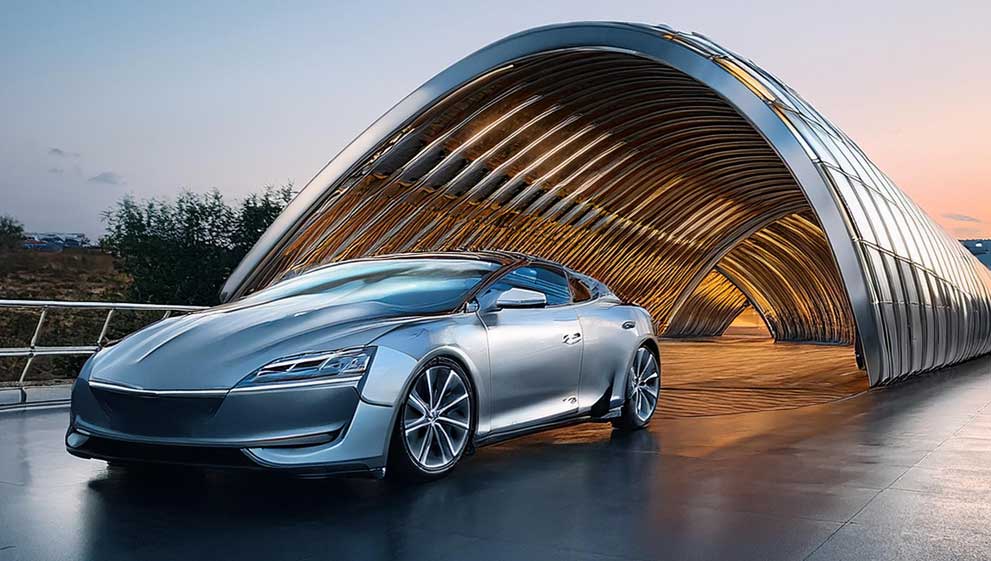When automotive designers look to minimise the carbon footprint of a vehicle, selecting the lightest and most fuel-efficient material that also meets safety, durability, and performance standards is a logical approach. However, while exotic materials like carbon fibre are not practical for mass-produced vehicles, stainless steel emerges as an ideal option.
Stainless steel offers high strength, which supports lightweight design, and its production is largely based on recycled scrap, giving it a naturally low carbon footprint. As a material, stainless steel is 100% recyclable, durable, and efficient, making it a sustainable choice. Its environmental benefits are notable, with a 30% lower carbon footprint compared to carbon steel, and an even more significant 115% reduction when compared to aluminium.
Although aluminium is often assumed to be the most eco-friendly option due to its lightness and ability to enhance fuel efficiency, its production process is highly energy-intensive. This leads to a substantial carbon footprint during manufacturing, a burden that cannot be offset by the energy savings achieved during the vehicle's use. Thus, while aluminium may contribute to efficient fuel use, its initial environmental impact remains high.
In contrast, stainless steel’s lower carbon footprint from production through recycling makes it a strong contender for sustainable vehicle design.
At DSM we recognise the environmental benefit of using Stainnless Steel in all our products, like our Stainless Steel Splashbacks and Stainless Steel Shower Trays.
